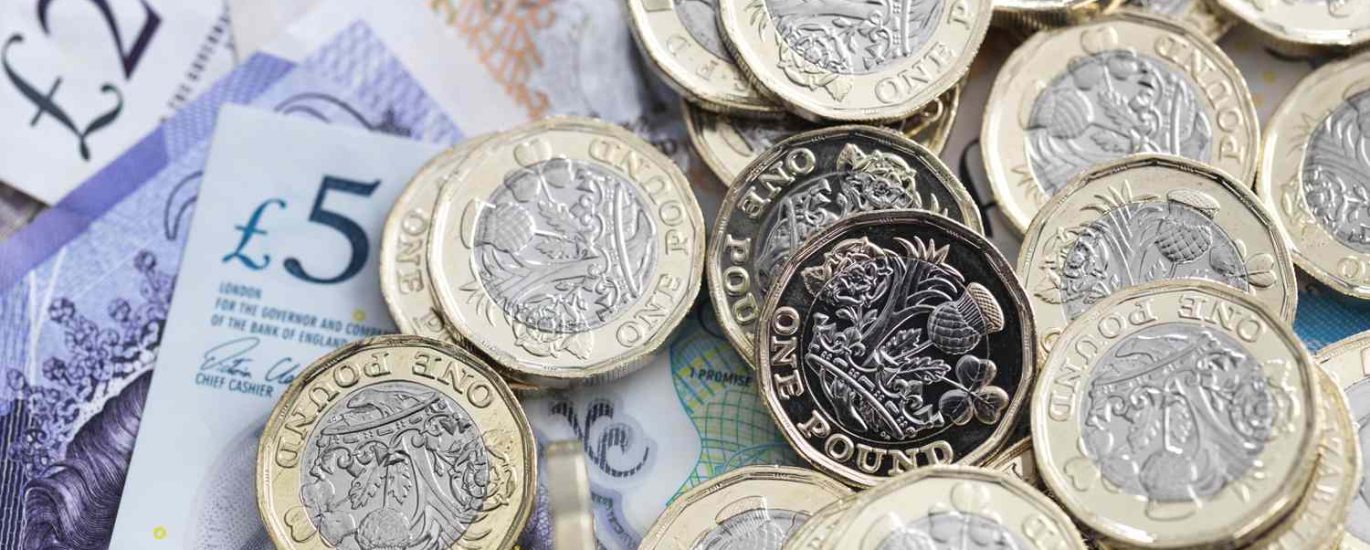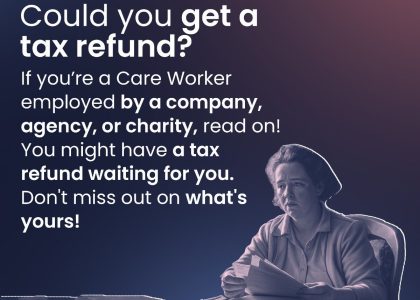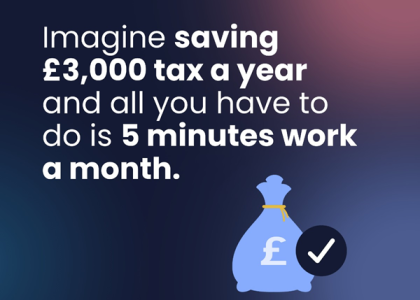For many, the phrase “tax refund” brings to mind a small, almost negligible sum. But what if you were told you could be missing out on a reimbursement of up to £8,000? This isn’t a too-good-to-be-true scheme; it’s a legitimate entitlement for thousands of UK taxpayers, and it’s all down to one often-overlooked allowance: Professional Subscription Fees.
The Hidden Gem in the Tax System: Flat Rate Expense Allowance
Each year, millions of employees across the UK spend their own money on expenses essential to doing their job. A common, yet frequently unclaimed, example is the cost of annual professional membership fees or subscriptions to approved bodies.
If your job requires you to maintain a membership with a specific institute or body to perform your duties (e.g., The Nursing and Midwifery Council (NMC), The Chartered Institute of Personnel and Development (CIPD), or many engineering and financial associations), you may be eligible to claim tax relief on these costs.
How does it work? The government allows you to deduct these expenses from your taxable income. If you’ve already paid tax on that money, you are owed a refund for the overpayment. Crucially, you can backdate your claim for up to four previous tax years, which is where the potential for a significant lump sum comes in.
How Can a Refund Reach £8,000?
While a single year’s claim might result in a refund of a few hundred pounds, the real value compounds when you claim for multiple years.
- The Multi-Year Effect: The current tax year is just the beginning. By law, you can reclaim overpaid tax for the previous four tax years. This means a five-year claim (the current year plus four back years) creates a much larger cumulative total.
- Higher Rate Taxpayers Benefit More: The relief is granted at your rate of tax. If you are a 40% or 45% taxpayer, the amount you get back on every pound of eligible expense is substantially higher than for a basic-rate taxpayer. For those who have moved into a higher tax band in recent years, the refund for previous years will be calculated at the higher rate.
- Multiple Eligible Expenses: While professional subscriptions are a major component, other flat rate expenses exist for specific industries (e.g., uniforms, tools, business mileage not reimbursed by your employer). A comprehensive review of your finances can often uncover more than one claimable expense.
When you add these factors together—multiple years, a higher tax rate, and several expenses—the refund can quickly climb towards the £8,000 mark for some individuals.
“This Sounds Complicated…” – Simplifying the Process
The primary reason so much money goes unclaimed is the perceived complexity of the tax system. Many people simply don’t have the time or confidence to navigate HMRC forms and decipher which expenses are claimable.
This is where expert services like SAVY become invaluable. As one satisfied customer noted:
“Great service provided by SAVY. For me, I am always on the move and this saves me time and money on a day-to-day basis, which ultimately helps me from a long-term perspective. The service helps take away the stress and admin when it comes to tax return at the end of the year.”
A reputable tax refund service handles the entire process for you:
- Free Eligibility Check: They quickly determine if you have a claim.
- Full Administration: They manage all the paperwork and correspondence with HMRC on your behalf.
- Maximising Your Claim: They ensure you claim for every eligible expense and for the maximum number of years allowed.
- No Win, No Fee: Most reputable firms operate on this basis, meaning there’s no financial risk to you.
Is This Money Rightfully Yours?
Absolutely. A tax refund is not a government bonus or a loophole. It is the return of your own hard-earned money that you have overpaid. The system is designed to be fair, but it is up to you, the taxpayer, to claim what you are owed.
Don’t let complexity or a lack of time prevent you from accessing a potential windfall that could make a real difference. Check your eligibility today—your £8,000 could be waiting.






